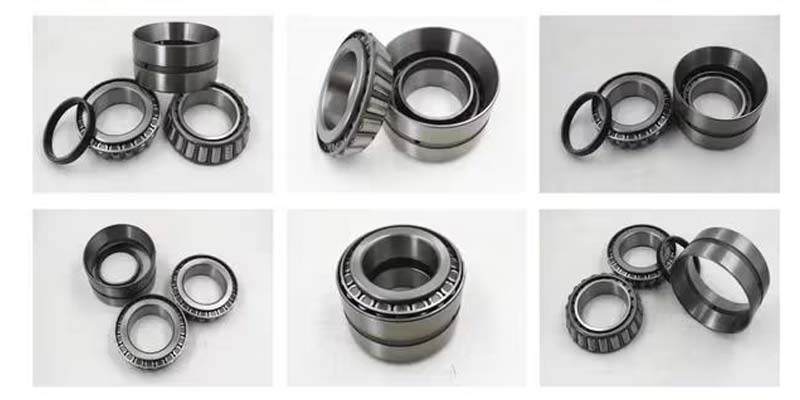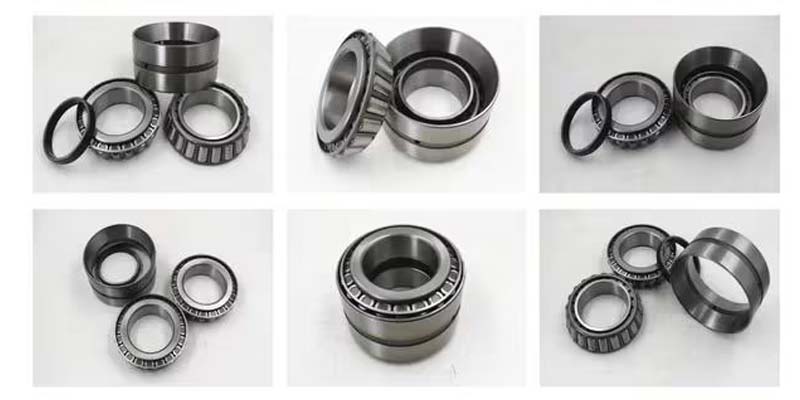- Contact Innally, Let you purchase forgings in China more favorable prices, products more assured!
- Hotline:+(86)15038323776 Email:innally@innally.com
Classification and use of bearings
- Category: Bearing forging, Stainless steel forging
- |
- Date: 11/08/2023
Automobile railway 32217 7517 single-row tapered roller bearings seven classes
- 32217
Product Details
Bearings are commonly used mechanical components that support and limit rotating or reciprocating motion. According to different standards, bearings can be divided into multiple categories, the following is the common bearing classification and its use:
Rolling bearings: rolling bearings are mainly composed of inner rings, outer rings, rolling elements (such as steel balls, rollers) and cages. They are able to withstand both radial and axial forces and have a relatively small coefficient of friction. Rolling bearings are widely used in various mechanical equipment, such as automobiles, motors, wind turbines and so on.

Plain bearings: Plain bearings rely on lubricants (such as lubricating oil or grease) to form a lubricating film that reduces friction and wear on the sliding surface. Plain bearings are suitable for high speed, high temperature, high precision, heavy load and other conditions of mechanical equipment, such as turbines, aircraft engines, metallurgical equipment and so on.
Deep groove ball bearings: Deep groove ball bearings are rolling bearings, and the lane Angle between the inner and outer rings is small. They can withstand radial and axial loads and have good rotational properties. Deep groove ball bearings are widely used in automobiles, motors, electrical appliances, mechanical tools and so on.
Cylindrical roller bearing: Cylindrical roller bearing is a kind of rolling bearing, its rolling body is a cylindrical roller. They are able to withstand greater radial loads and are suitable for high load and low speed operating equipment, such as metallurgical equipment, heavy machinery, etc.
Conical roller bearing: Conical roller bearing is also a kind of rolling bearing, its rolling body is a conical roller. They can withstand both radial and axial loads and are suitable for applications that cover a wide range of load and speed variations, such as automotive drivetrains, machine tool spindles, and more.
Aligning ball bearing: aligning ball bearing consists of an inner ring, an outer ring, a ball and a cage, and its lane has a certain aligning ability. They can withstand large eccentricity or angular displacement and are suitable for equipment that requires automatic compensation for axial offset or angular displacement, such as textile machinery, wind power equipment, etc.
These are some of the common classifications and applications of bearings, according to the specific work needs and mechanical characteristics, the selection of the appropriate bearing type can improve the performance and reliability of the equipment.
nannan
INNALLY mainly provides you with various types of cast and forged parts products. Welcome your inquiries! innally@innally.com
Related Products
Search
Forging center
- Steel forgings
- Aluminium alloy forging
- Titanium alloy forging
- Stainless steel forging
- Copper forging
- Automotive forgings
- Locomotive forging
- Bicycle forgings
- Motorcycle forging
- Rigging and fasteners
- Bearing forging
- Electric power fittings
- Marine forging
- Mechanical forgings for metalworking
- Mining machinery forgings
- Marine engineering forgings
- Construction machinery forgings
Popular product

© 2025. All Rights Reserved.







